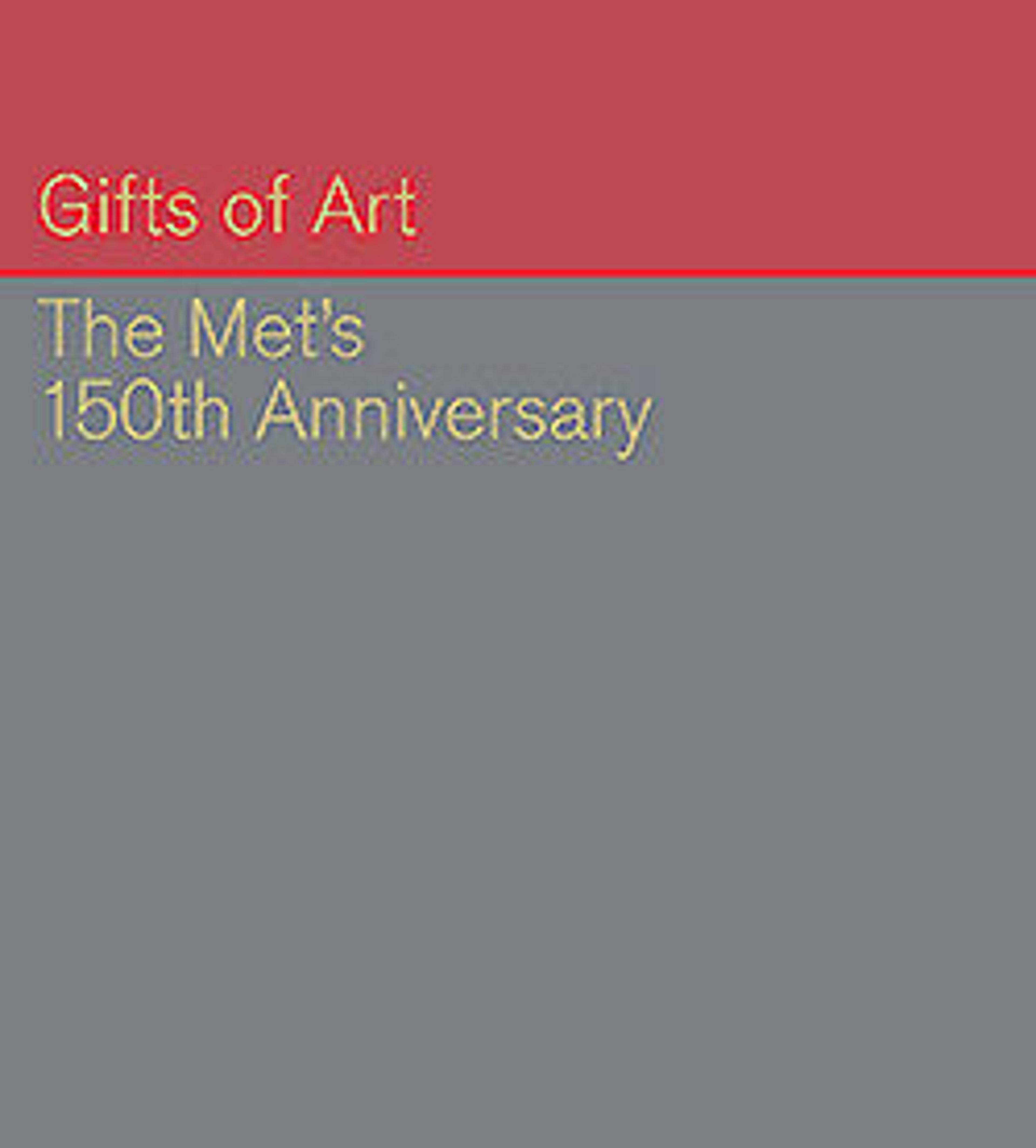"Krishna and the Gopis on the Bank of the Yamuna River", Folio from the "Second" or "Tehri Garhwal" Gita Govinda (Song of the Cowherd)
This luminous painting illustrates an episode from the literary masterpiece the Gita Govinda composed by the poet Jayadeva in the twelfth century. The text and paintings together celebrate the spiritual and erotic love of Krishna and Radha. Here, the Divine Couple embrace, surrounded by gopis, or milkmaids, who express their longing for the Lord. The idyllic pastoral setting and the sweetness of the figure style are hallmarks of the influential style of the painter Nainsukh and his family. It has been suggested that this series may have been created for Maharaja Sansar Chand of Kangra’s first wedding in 1781, when he would have been sixteen years old.
Artwork Details
- Title: "Krishna and the Gopis on the Bank of the Yamuna River", Folio from the "Second" or "Tehri Garhwal" Gita Govinda (Song of the Cowherd)
- Date: ca. 1775–80
- Culture: India
- Medium: Opaque watercolor and gold on paper; dark blue border with red inner rules
- Dimensions: H. 6 3/8 in. ( 16.2 cm); W. 10 1/8 in. (25.7 cm)
- Classification: Paintings
- Credit Line: Gift of Steven Kossak, The Kronos Collections, 2017
- Object Number: 2017.736
- Curatorial Department: Asian Art
More Artwork
Research Resources
The Met provides unparalleled resources for research and welcomes an international community of students and scholars. The Met's Open Access API is where creators and researchers can connect to the The Met collection. Open Access data and public domain images are available for unrestricted commercial and noncommercial use without permission or fee.
To request images under copyright and other restrictions, please use this Image Request form.
Feedback
We continue to research and examine historical and cultural context for objects in The Met collection. If you have comments or questions about this object record, please contact us using the form below. The Museum looks forward to receiving your comments.
